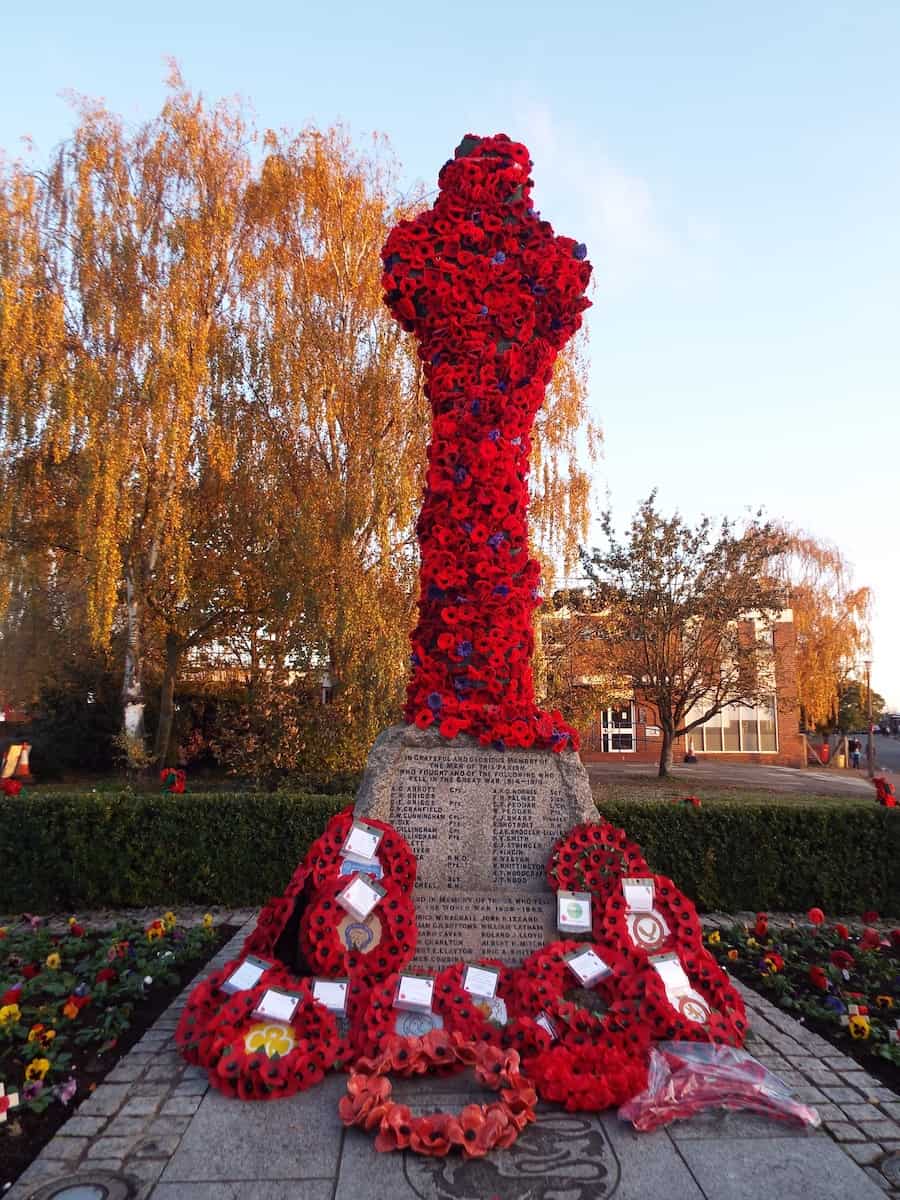

The province didn’t join Confederation until 1949 and was a separate Dominion during the First and Second World War have traditionally been acknowledged on July 1.

In the United States, war veterans are also honoured on 11 November, known as Veterans Day.Īnd Labrador, the sacrifices of the First In France and Belgium, 11 November is still observed as Armistice Day, while in Britain Remembrance Sunday is the second Sunday in November. The Holidays Act of 19 recognized it as a national holiday. Parliament adopted these resolutions as an amendment to the Armistice Day Act,Īnd Canada held its first Remembrance Day by that name on 11 November 1931. This renaming placed the emphasis more upon the soldiers whose deaths were being remembered. Dickie, moved to change the name from Armistice Day to Remembrance Day. Neil introduced a motion to have Armisticeĭay observed on 11 November and “on no other date.”Īnother MP, C.W. This anomaly, which confused the public and angered veterans of the First World War, came to an end on 18 March 1931, when MP A.W. Oddly, the day was joined with the celebration of Thanksgiving Day, a day featuring sports, turkey dinners and light recreation. In May 1921, an Act of Canada’s Parliament declared that an annual Armistice Day would be held on the Monday on 11 November - the same day of the year and time the armistice had been signed in 1918. He urged that the armistice thatĮnded the fighting be marked by the suspension of all activities, and the observance of two minutes of silence, at exactly 11 a.m. Parliament was still deciding on a date for the commemoration when King George V sent out an appeal to the British Empire on 6 November 1919. In April 1919, after the First World War ended, Member of Parliament (MP) Isaac Pedlow introduced a motion in the House of Commons to institute an annual “Armistice Day” - to be held not on 11 November, but on the second Monday of November each year. This debt would be paid, in perpetuity by successive generations, by the simple act of remembering the soldiers’ sacrifice. Although Canada fought on the winning side, celebration of victory was replaced by solemn commemoration, and a sense that the country owed a collective national debt to the ordinary soldiers, mostly young men, who had lost Millions of people were killed at sea and on battlefields across Europe, The horror and mass slaughter of the First World War (1914–18) changed Canadian perceptions of war. However, was less a sombre affair of remembrance than a victory celebration and an affirmation of English Canada’s loyal ties to the British Empire. The battle was Canada’s first foreign military victory.įrom 1901 until the outbreak of the First World War in 1914, people gathered in public squares in cities and towns across the country, around newly built South African War memorials, to commemorate their soldiers’ service in South Africa. Paardeberg Dayīefore the First World War, Canadians honoured their overseas war dead on Paardeberg Day - 27 February - the annual anniversary of the Battle of Paardeberg in 1900, during the South African War. Remembering Canadians who died in the Battle of Ridgeway soon expanded to those killed during the North-West Resistance (1885), the For the next 30 years, Decoration Day was one of Canada’s popular military memorial days, commemorated The veterans’ protest became an annual memorial event known as Decoration Day, when graves and monuments of Canadian soldiers were decorated in flowers. Nine Canadians were killed in action and 33 were wounded ( see also Fenian Raids). The history of the Battle of Ridgeway was muted in Canadian military heritage and history, and the Canadian government had been reluctant to acknowledge the veterans of the battle.Ībout 850 Canadian soldiers clashed with some 750 to 800 Irish-American Fenians at Ridgeway. Of the monument on the 24th anniversary of the battle. Monument at Queen’s Park, in Toronto, by laying flowers at the foot In 1890, veterans of the Battle of Ridgeway (2 June 1866) held a protest at the Canadian Volunteers Canadians memorialized fallen soldiers on Decoration Day andĭay for many years before Remembrance Day was first observed as Armistice Day in 1919.


 0 kommentar(er)
0 kommentar(er)
